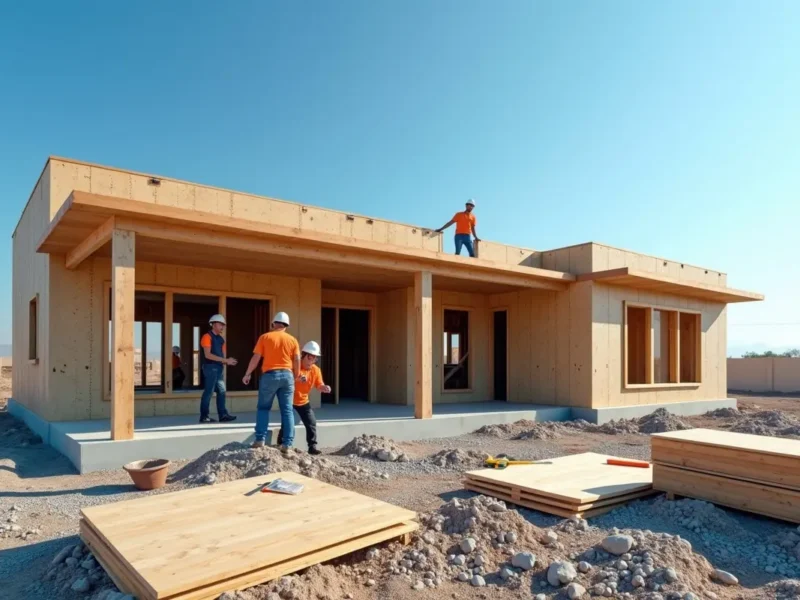The real estate domain is on the brink of a renaissance, marked by the interplay of innovation and long-standing traditions. As society evolves, so does the need for living spaces that cater to modern demands. The involvement of Uvita real estate experts Realty One Group Oceanside – Costa Rica highlights a unique blend of local insights and global trends, paving the way to innovative property solutions. These changes aren’t just reshaping how we view and engage with real estate but are also influencing market dynamics and consumer preferences.
Urban centers, in particular, feel the impact of these transformative forces. Characterized by rapid technological integration, an urgent move towards eco-conscious practices, and a renewed focus on fostering community bonds, the urban real estate scene is set for dramatic shifts. For developers and potential homeowners, staying informed on these trends will be crucial to successfully navigating the future landscape.
Contents
- 1 Technology’s Role in Real Estate
- 2 The Rise of Sustainable Living
- 3 Designing Community-Centric Spaces
- 4 Real Estate Investment in the Digital Age
- 5 Adapting to Market Shifts: Strategies for Buyers and Sellers
- 6 Global Perspectives on Real Estate Trends
- 7 Balancing Tradition and Innovation in Property Development
- 8 Conclusion: Preparing for the Future of Real Estate
Technology’s Role in Real Estate
Gone are the days when technology played a supplementary role in real estate. Today, it’s the linchpin driving industry innovations. By allowing potential buyers to tour many homes virtually, technological innovations like virtual reality property tours improve customer comfort and increase market reach. Moreover, AI-driven systems streamline property management tasks, offering efficiency and precision that was previously unimaginable.
The Rise of Sustainable Living
Environmental sustainability is no longer a choice but a mandate in the real estate realm. Sustainable real estate strategies are becoming increasingly popular as ecological challenges gain international attention.
Developers increasingly prioritize energy-efficient designs, using recycled or renewable materials, and implementing green building techniques that reduce carbon footprints. This paradigm shift not only caters to environmentally conscious consumers but also offers long-term savings on energy costs, providing economic and ethical incentives to adopt greener practices.
Designing Community-Centric Spaces
The sense of community often gets lost in the hustle and bustle of modern life. Real estate developers are stepping up to bridge this gap by designing spaces that encourage interaction and foster relationships among residents.
These community-centric designs transform neighborhoods into thriving centers of connection and collaboration by integrating shared spaces, green parks, communal amenities, and venues for social gatherings. Such initiatives resonate particularly well with families seeking a supportive environment and individuals who value shared experiences in their living spaces.
Real Estate Investment in the Digital Age
Because of the democratization of the digital landscape, a wider range of people may now invest in real estate. Platforms offering fractional ownership and crowdfunding opportunities dismantle traditional barriers, allowing smaller investors to participate in major real estate ventures. This digital revolution is essential because it provides a wide range of investment options and reduces risk by allowing investors to allocate their funds across several enterprises.
Adapting to Market Shifts: Strategies for Buyers and Sellers
Real estate markets are inherently volatile and influenced by various factors, such as shifts in economic policies and demographic trends. Staying ahead means understanding these market dynamics and employing flexible strategies for buyers and sellers. While buyers can benefit from purchasing during market dips, sellers can maximize profits by selling in high-demand periods. Regular market analysis and strategic planning enable stakeholders to optimize their real estate decisions, ensuring resilience against sudden market shifts.
Global Perspectives on Real Estate Trends
The real estate landscape is not homogenous—it varies greatly across regions, each facing distinct challenges and opportunities. Examining global trends can yield valuable insights. For example, Asian markets are witnessing urbanization at an unprecedented pace, while European countries are swiftly adopting sustainable building practices.
By studying these global paradigms, investors and developers can forecast changes, anticipate challenges, and tailor strategies that align with international standards, thus enhancing their market competitiveness and resilience.
Balancing Tradition and Innovation in Property Development
Maintaining an equilibrium between traditional methods and contemporary innovations is crucial for sustainable real estate development. While conventional practices offer reliability and stability, incorporating cutting-edge technologies and novel investment models propels the industry forward. Promoting peaceful coexistence between these components guarantees that homes satisfy and surpass contemporary buyers’ demands, providing lasting value.
Conclusion: Preparing for the Future of Real Estate
As the real estate sector embraces the future, it becomes clear that adaptability and foresight are key. Recognizing and leveraging trends in technology, sustainability, and community-centric living will empower stakeholders to navigate the evolving landscape successfully. By embracing innovation and change, real estate agents may lead in developing connected, sustainable urban areas that satisfy the demands of the upcoming generation of customers.



